
Successful Back to School—Social-Emotional Support to Help Students Thrive
Kids are back in school again and most educators are acutely aware of the potential social emotional needs of students. The past few years have

Kids are back in school again and most educators are acutely aware of the potential social emotional needs of students. The past few years have

When we think about healing, many of us focus only on our physical bodies. In reality, there is a great deal of research showing our
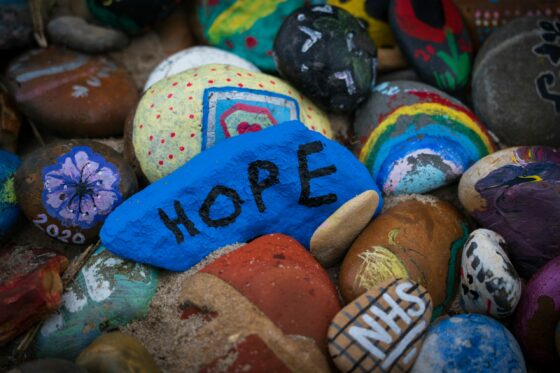
In my fifth grade classroom during the peak COVID era—a hugless year of masks, social distancing and hand sanitizer, I had a student named Chloe
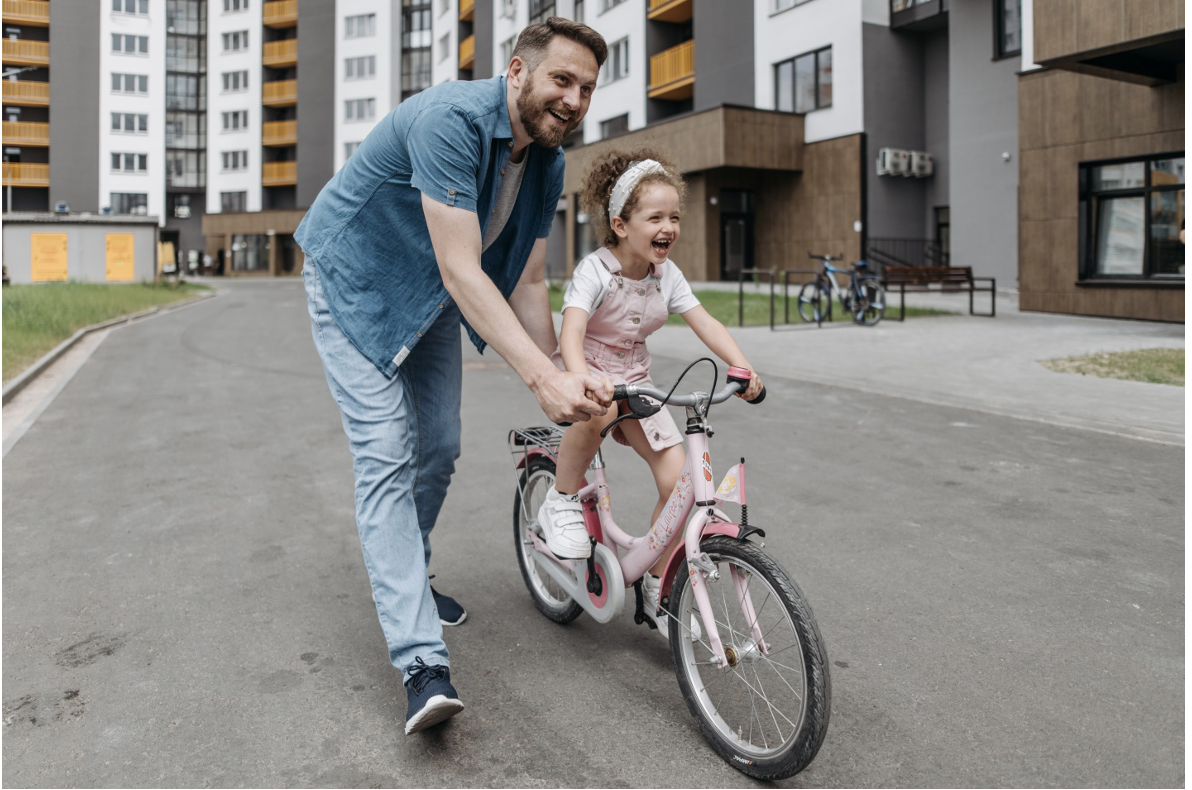
Children deserve to grow up happy, loved, and supported no matter their environment. According to an article on child development, various factors contribute to children’s

Every teacher wants their students to feel emotionally supported in their classroom–when a child feels emotionally stable, they can take in and learn information. The
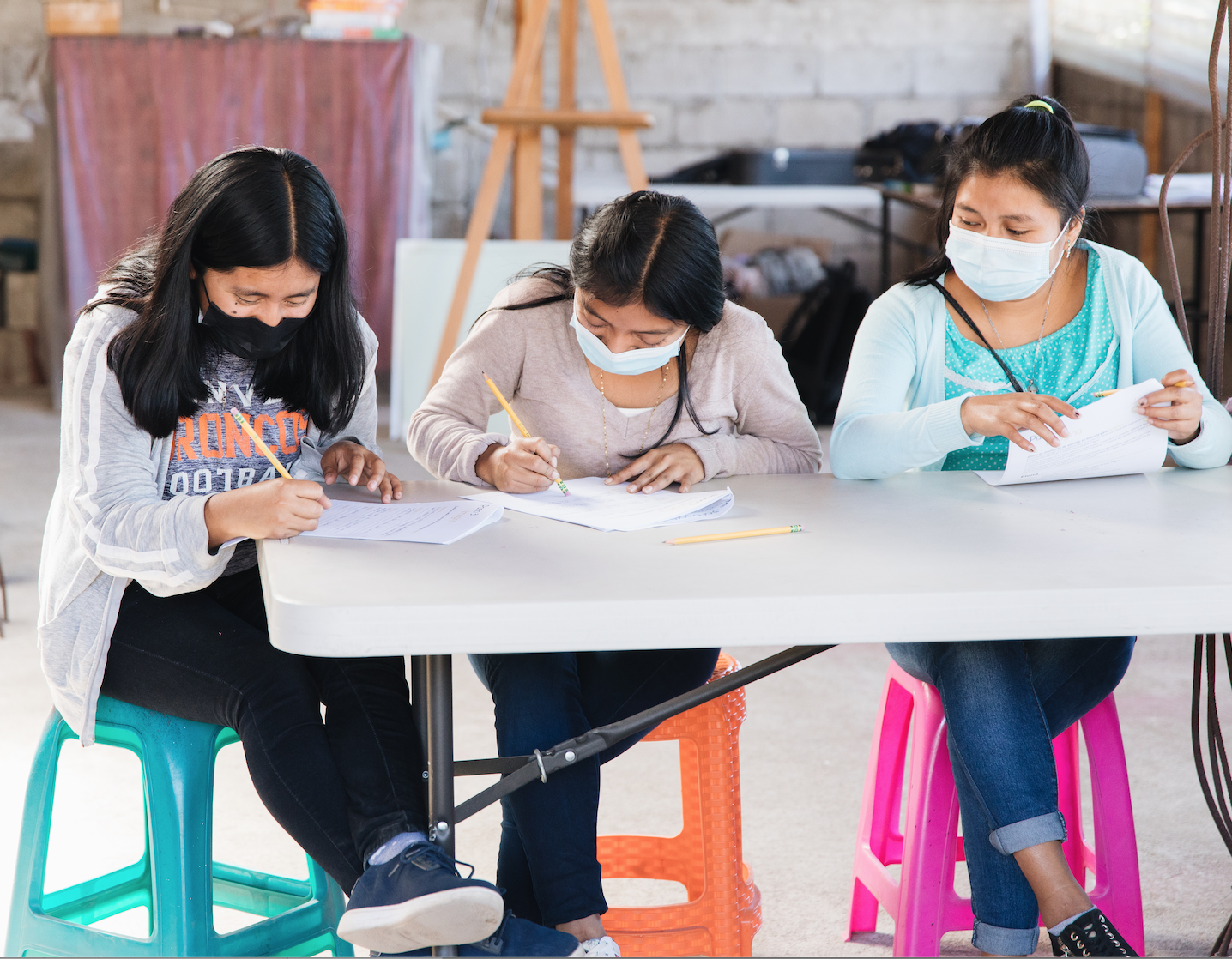
Mental health means having emotional, psychological, and social well-being; when we think, act, and feel from a balanced perspective the majority of the time. Having

The start of the new year signifies a time for new opportunities, goals, and reflection. While people usually treat New Year’s resolutions as an individual

Gratitude is so simple, yet most people overlook its amazing benefits. Dr. David Hamilton, author of Why Kindness is Good for You, writes, “Gratitude is
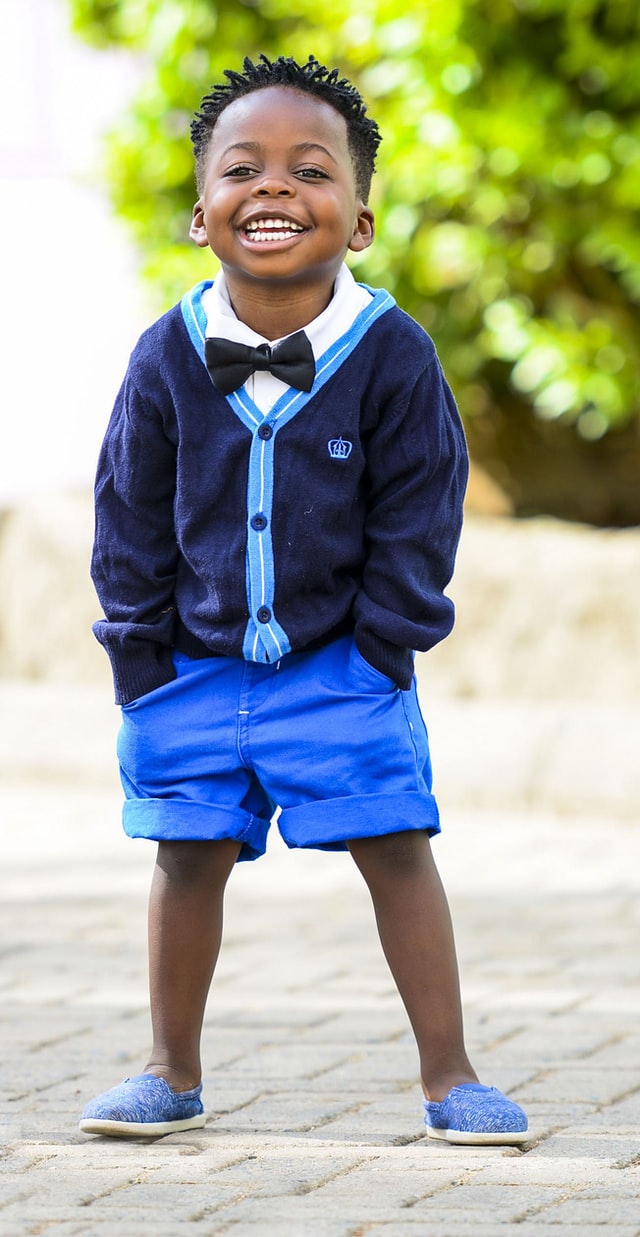
Intuition is not talked about often, but we all have it and we all feel it from time to time. Intuition is important because it’s
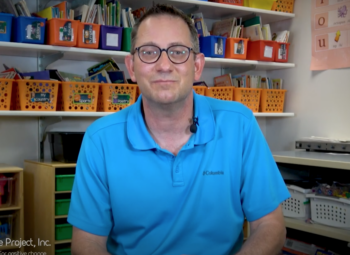
It’s back to school time 2021 style and it’s just plain stressful for students, teachers, parents, and admin. The reasons are obvious and endless. I




Join our community to get the latest tips, exclusive offers, and updates straight to your inbox. Don’t miss out—subscribe now and be the first to know!